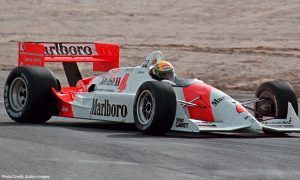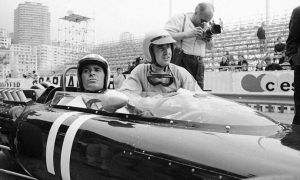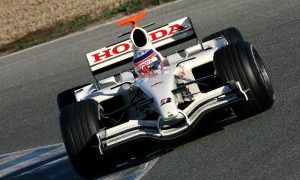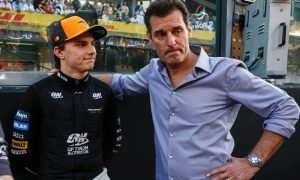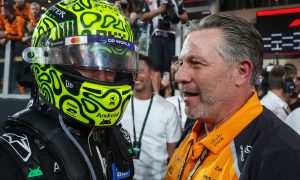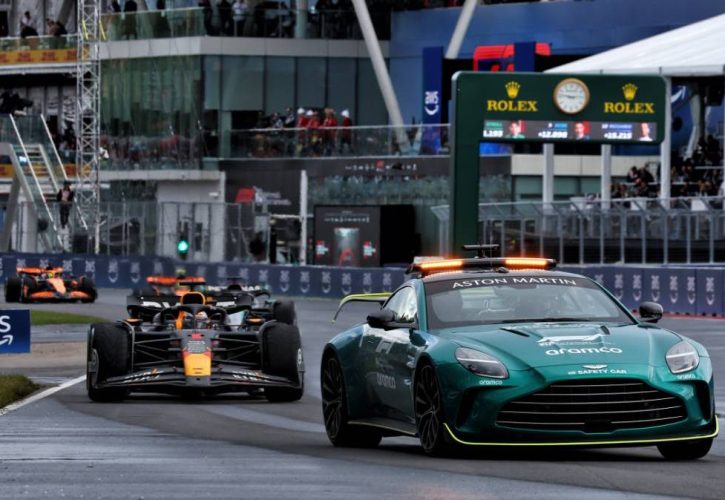
Formula 1 has witnessed a remarkable anomaly this season: an extended run of races without safety car interventions. Fernando Alonso has shared his thoughts on what might be contributing to the unusual phenomenon.
F1 fans are currently enjoying a nine-race streak without a safety car, the longest period since the span that separated the Hungarian GP in 2003 and the Spanish GP in 2004.
Enforcing the remarkable statistic, last month's Singapore GP - an event that boasted until this year a 100% probability of a Safety Car intervention – unfolded without any major in-race incidents.
Many might point to lucky circumstances to justify such a clean state of affairs, but Alonso suggests
the real reason may lie in the characteristics of F1's current ground-effect cars and how they are driven to extract performance.
The Aston Martin charger believes that, in the current era of F1, driving at less than 100% can actually lead to faster lap times and therefore to fewer mistakes, a somewhat paradoxical situation rooted in the sensitive balance of the cars, which can become unstable when pushed to the edge.
"These cars are not easy to drive, but I think the problem of these cars as well is to extract the 100%," Alonso explained, quoted by Motorsport.com.
"So if you drive at 90%, sometimes you are faster because you don't put the platform at an inconvenient angle or ride heights. You are not pushing the limits, and it's where everything falls apart. So sometimes driving at 90% is fast."
Alonso's point highlights how crucial precision is with F1's modern cars. Unlike in previous eras, where drivers were rewarded for consistently pushing the limits, today's cars punish overly aggressive driving.
By driving slightly within the car's capabilities, drivers can avoid destabilizing the delicate aerodynamic platform, leading to smoother, incident-free racing.
This might help explain why the 2024 season has seen far fewer crashes and safety cars than expected.

"Baku was a very good example," he added. "I was P15 in Q1, with Lando's problem. If not I was starting 16th in the grand prix and out of Q1.
"Seven minutes later, I put on another set of tires, and I was P5 in Q2. I improved like 1.1 seconds. I was driving the same.
"I was braking at the same points. It was the same preparation in that lap, but I was able to improve 1.1 seconds. And some of us did the opposite: they were very fast in Q1 and very slow in Q2, and sometimes we don't find explanations of when we are fast, when we are slow, and why.”
This unpredictability in performance, especially when the cars are pushed to their limits, further supports Alonso's theory that drivers may now be more cautious during races, staying just below the threshold of instability to avoid mistakes.
The two-time F1 world champion also pointed out that the vast number of sensors on the cars helps teams understand the small but significant changes in the car's behavior, allowing drivers to stay in a "safe zone" during races, further reducing the risk of crashes.

"If you go into the details and the unlimited number of sensors we have in the car, we can spot the small differences when the car is slow,” the 43-year-old noted.
“We put the car in different attitudes that maybe the car is just not happy and this kind of thing.
"That's why sometimes in the races, because we all drive at 90%, we have to take care of the tires, the fuel economy, all these kind of things, we don't see too many problems and we don't see too many safety cars or accidents.
"The cars are happier when you drive at that speed. It's a little bit against the instinct of the driver which is that you put a new tire, you go to qualifying and you drive 110% if you can. But, with this car, sometimes it is something that you have to manage."
Keep up to date with all the F1 news via Facebook and Twitter



